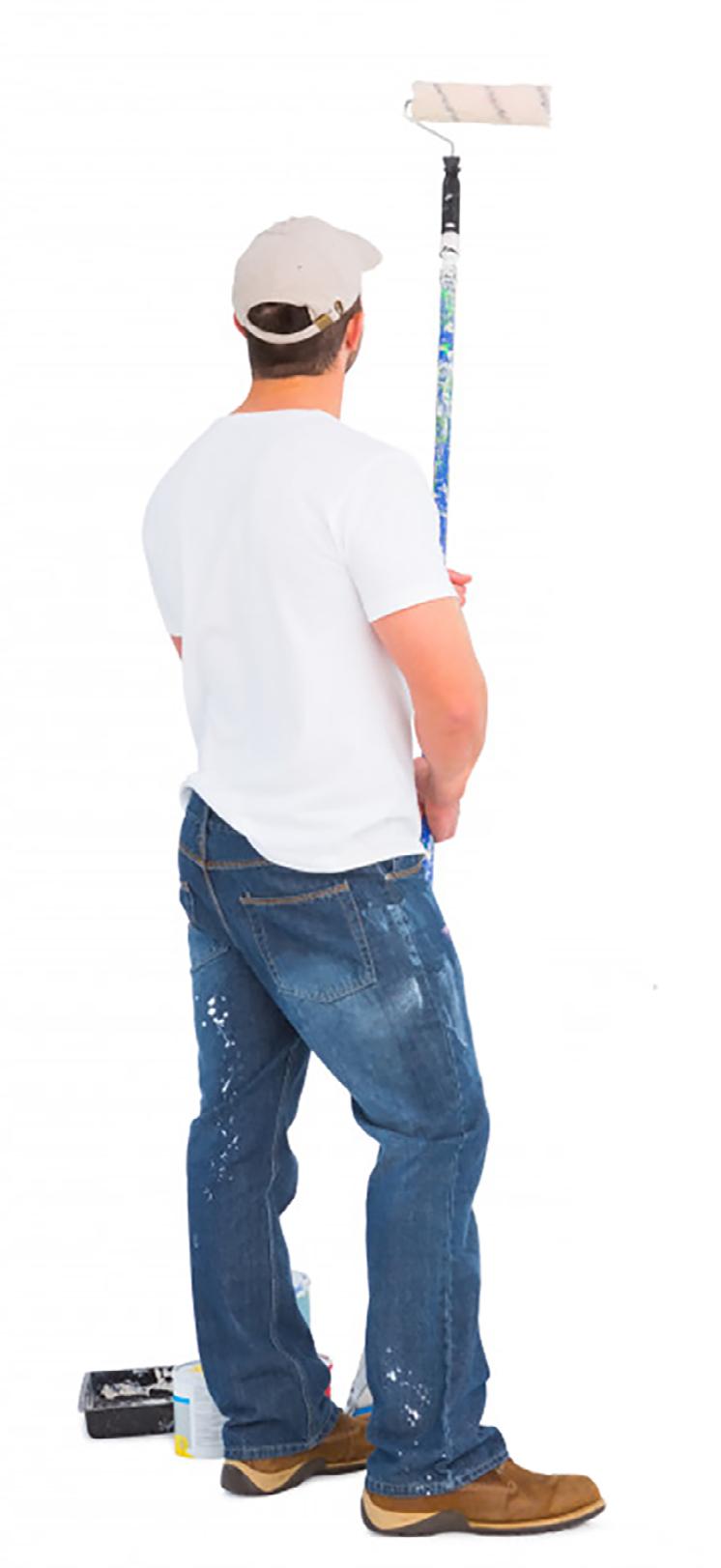Unlocki What can Lockdowns work. That’s the evidence from many different countries now, including Australia. To be more precise, lockdowns reduce the effective reproductive rate of the virus to the point where it is below 1, meaning that, on average, each infected person passes on the disease to less than one other person. As long as this is sustained, the number of new cases will keep declining, as we have now seen. Potentially, as has been claimed to be the case in China, the number of cases will approach zero. It now seems clear that the best strategy is (near) eradication, pushing the number of infections down to (or near) zero, and preventing any resurgence.
The ideal case would come if we could confirm the virus had been wiped out completely in Australia (or in a particular state). Then, provided all new arrivals were subject to strict quarantine, we could drop all the restrictions except those that made sense for other reasons (encouraging/ requiring hand washing is an obvious example). But that’s unlikely to happen soon. In the absence of comprehensive testing, even if counted new cases fall to zero, it’s hard to be sure that there aren’t any uncounted cases. And it will be some time before new cases reach zero.
But when can we start, and which controls should be relaxed?
So, we need to consider which restrictions we should lift, subject to the constraint that the reproduction rate is still below one, meaning that any undetected outbreaks will ultimately fizzle out. The first step is to identify the restrictions that impose the greatest cost for the least benefit in terms of reducing reproduction.
It’s benefits versus costs
Which restrictions can go first?
These are questions which will need collaboration between epidemiologists, economists and other social scientists.
The worst risks of spreading the disease come when large numbers of unrelated people are together in close proximity for a long time. Cruise ships represent an extreme case, where nearly everyone can get infected. Sporting matches and mass meetings are less extreme but still dangerous examples.
As has just been suggested by Health Minister Greg Hunt, it’s time to think about relaxing controls.
The problem is essentially one of benefit cost analysis: which measures can be relaxed at least cost in terms of increased reproduction rates relative to the benefits that relaxation will generate. The epidemiologists have the expertise to answer the first question (as well as it can be answered with very limited evidence). Economists and social scientists have the expertise to answer the second.
10 | Aussie Painting Contractor
But at least on the anecdotal and intuitive evidence we have available, the most burdensome social restrictions are those that prevent gatherings involving modest numbers of family and close friends. Such gatherings post a much smaller risk than those of larger groups with more dispersed social networks.






